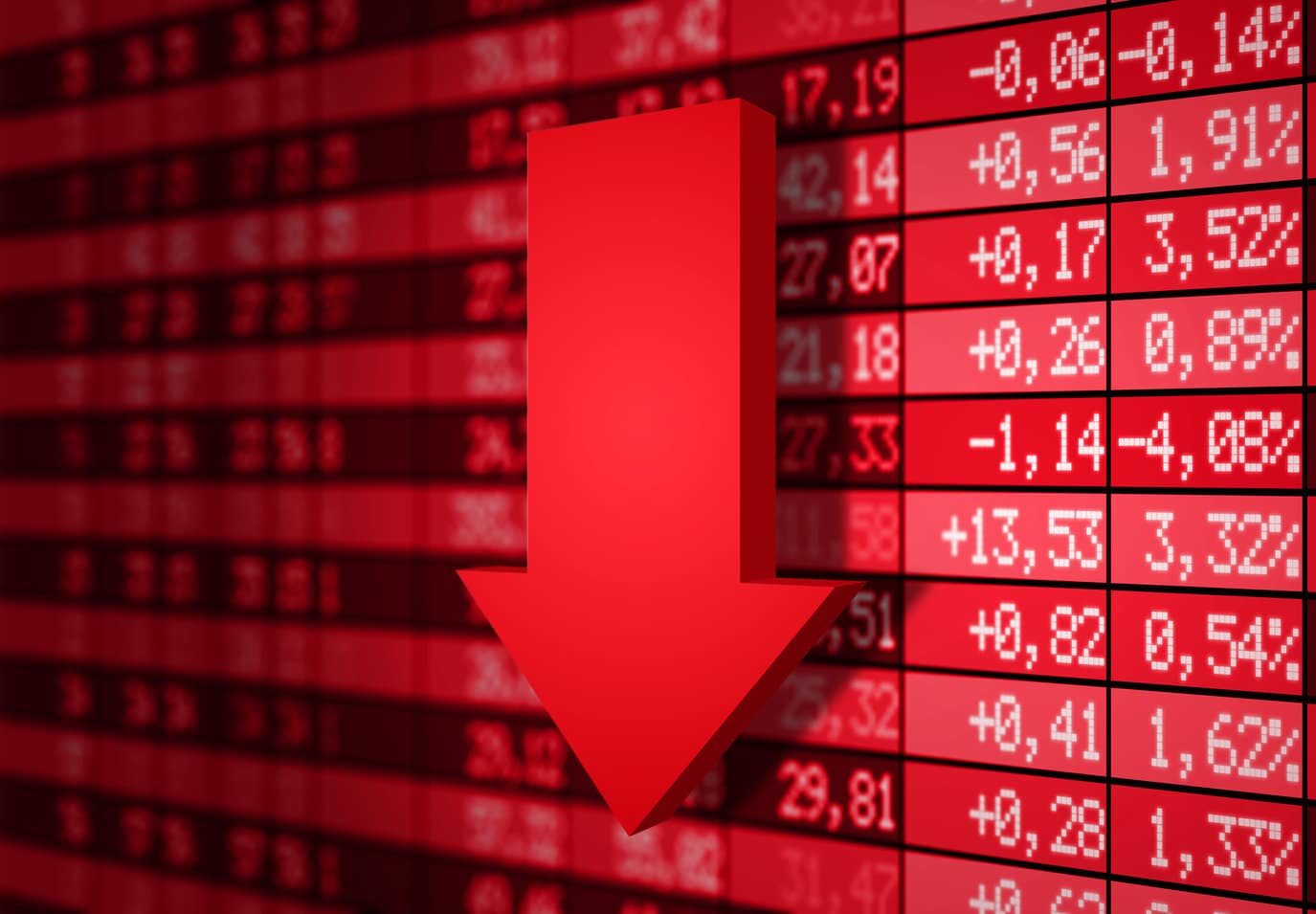Jasmine Birtles
Your money-making expert. Financial journalist, TV and radio personality.

Due to the coronavirus outbreak we’ve seen some of the worst weeks on the stock market since the 2008 financial crash. Even the generally stable FTSE 100 suffered its largest one-day crash in March this year since 1987. That being said, when the stock market plummets it often actually proves to be a great time to buy, presenting investors with new opportunities for long-term rewards on their investments. Here we talk about why you should buy the dip on the stock market.

The notion of “buying the dip” follows the basic investment principle that you should buy when stock prices are low, and sell when they’re high. The dip itself comes from when there’s a sharp, sudden decline in stock prices with the strong indication that they will rise again. This is the case with the coronavirus pandemic where, in March, we saw the stock market plummet. The trouble with the dip is that no one can know for sure when we actually hit the bottom until the market is on the incline again.
Although a common reaction during periods of fear and panic can be for people to cut their losses and sell, it’s actually almost always better to buy and hold on to stocks instead. Investments are for the long-term, so while holding on to stock will see your investments level out over time, buying in the dip actually has the potential for you to make great returns on your investments.
Always make sure you consider your personal circumstances first. To see any real benefits on the stock market you need to be able to lock your money away for at least 10 years, which for some just isn’t possible. The longer you can commit, the likelier you are to see good returns. Make sure you pay off any debt first, too: you’ll pay more interest on debt than you would likely make from any immediate investments. (The exception here is with mortgages, which are typically low interest compared to potential stock market returns).
If your personal circumstances allow and you have the means to invest, now is a great time to invest on the stock market. In fact, despite so much financial unease since the coronavirus outbreak, many UK investment platform providers, such as Hargreaves Lansdown, have reported a significant increase in the number of account openings. The two main reasons why there is a surge in people investing right now are:
For those with a high risk appetite, the volatility of the current market presents new opportunities for potentially much greater long-term rewards. But even for people less inclined to risk stock prices are expected to pick up again although it is unsure how long it will take, and returns will be seen down the line.
More and more people are opening investment accounts online and through apps, most of which allow much lower initial investments. Hargreaves Lansdown offers an initial investment of £500 paid in monthly instalments, making it much easier for those without large sums of money to still invest in the stock market.
It’s also much easier to open apps like the MoneyBox Stocks and Shares ISA or LISAs, which allow you to ’round up’ spending on your current account. The pennies are swept into the equities accounts for investment – so you can start investing with very small amounts.

Unfortunately, there is no investment on the stock market that is risk-free and guaranteed to make you a profit. However, there are steps you can take to minimise the amount of risk you expose yourself to.
Having a diverse investment portfolio that covers a broad selection of product types, assets, and sectors helps minimise risk. Those that are performing well should offset the effects of any stock experiencing a downturn. A lot of ready-made investment portfolios already cover a range of investments and assets and make it very easy for someone to diversify their investments.
Rather than investing one large sum, investing small amounts regularly helps to offset risk. Referred to as Pound Cost Averaging, this set-up will buy more shares when the price is low and fewer when it is high, which can smooth out the market volatility and is less risky than if you invest a lump sum of shares at one price and the market plummets. For example, in one month, let’s say £100 buys 100 stocks. The next month, you might be able to buy 200 stocks for the next £100. So, you’ll end up with 300 shares in total – but if you’d bought with a lump sum of £200 in one go, you’d only have 200 shares in total.
By including a wide range of stocks from around the world in your investment portfolio you are helping to reduce the potential impact if one region’s stock market suffers while another area booms. Although it is worth bearing in mind that currency will affect this – if you are buying when the pound is strong then it decreases overseas stock’s value, and vice versa.
You may want to consider a stop-loss order, which will limit potential losses. It means that you set a limit at when you want your stock to be bought or sold. For example, if you set a stop-loss order at 15% below what you paid for it, then it’ll limit your losses to 15%.
If you’re looking for some more useful reading on investing and the stock market check out more of our articles here.
*This is not financial or investment advice. Remember to do your own research and speak to a professional advisor before parting with any money.

This is something I’ve considered, so am grateful for all the info I can get.